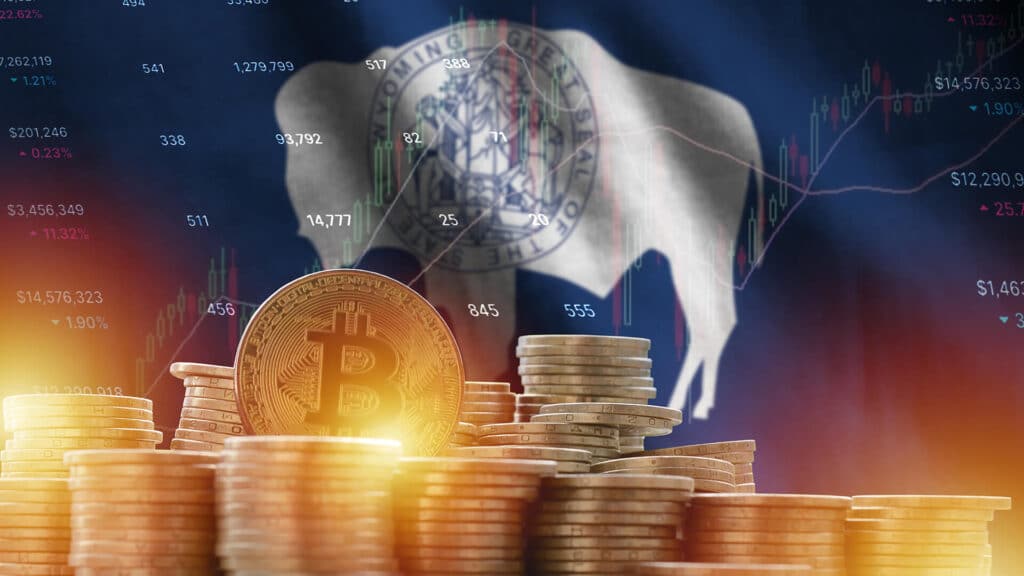Over the past year, U.S. households have enjoyed a noticeable boost in their purchasing power, largely due to reduced inflation and a dynamic job market. This welcome relief has been a lifeline for many grappling with everyday expenses.
Yet, despite these positive developments, recovery has been uneven across the nation. Many families continue to face financial challenges and may not yet fully benefit from these broader economic improvements.
Since May of last year, wages have begun to outpace inflation, marking a significant shift from the challenging period between spring 2021 and 2023, when rising prices eroded salary gains. This trend has been particularly pronounced for non-managerial workers, indicating a positive shift in wage dynamics. According to the Bureau of Labor Statistics, real hourly earnings—wages adjusted for inflation—have increased by nearly a full percentage point since May 2023.
“The last year of increases in real wages is a large and important step forward for working families,” UCLA professor and labor economist Chris Tilly told CNBC. “It means they can buy more while putting in the same number of hours of work.”
This economic resurgence followed the disruption caused by the pandemic, which upended the usual steady growth of real earnings. Inflation hit a 40-year high in mid-2022, coinciding with a surge in job openings. By March 2022, job openings had soared to over 12 million, significantly higher than the 7 million pre-pandemic level. This made it easier for many workers to secure better-paying jobs, pushing average annual wage growth to about 6 percent.
However, these wage increases initially struggled to keep pace with inflation rates, which topped nine percent in June 2022, leading to a decline in real wages over two years. Fortunately, as inflation has cooled and the job market stabilized, economic conditions are gradually returning to pre-pandemic norms.
Since January 2020, average nominal wages have increased by nearly 23 percent to $34.91 per hour, with non-managerial roles seeing even steeper gains of over 25 percent to $30 per hour. Meanwhile, inflation, as measured by the consumer price index, has risen by 21 percent during the same period.
Despite these encouraging indicators, there’s still a noticeable gap between the strong economic data and personal experiences, leading some to refer to a “vibecession.” Nevertheless, the steady improvement in purchasing power is expected to bolster consumer confidence, reflecting a strengthening economic landscape.











